
They sent secret telegrams during the Xi'an Incident, obtained valuable intelligence on Germany's attack on the Soviet Union, and were capable of becoming the "sharp knives" that penetrated the puppet regime... They advanced silently, never appearing on the foreground of history, yet they were like arrowheads, like hidden blades, able to pierce the air first, yet also able to remain patient and concealed, quietly changing history. Although some have not even left their names, their achievements have forged unsung monuments.

Poster of the documentary "Unknown Heroes"
To commemorate the 80th anniversary of the victory of the Chinese People's War of Resistance Against Japanese Aggression and the World Anti-Fascist War, the documentary series "Unknown Heroes", jointly produced by the Film and Television Documentary Center of China Central Radio and Television and the National Security Film and Television Center of the Ministry of State Security, was officially broadcast on CCTV-9 at 7:22 every night from August 28 to September 2.
The program consists of 6 episodes, each 25 minutes long. It tells the story of how the covert front led by the Communist Party of China, with its wisdom and courage, turned enemies into friends, obtained intelligence, and eradicated spies during the years of war. It played an important role in promoting the Anti-Japanese National United Front, obtaining important strategic intelligence from Germany and Japan, disintegrating the puppet regime, repelling the Kuomintang diehards, and defending the Shaanxi-Gansu-Ningxia Border Region. It made unsung contributions in the torrent of the War of Resistance.
To ensure accurate historical data, the creative team systematically combed through archives, telegrams, and letters from the CCP's covert front during the War of Resistance Against Japanese Aggression, delving into the autobiographies and memoirs of those involved. This not only laid a solid foundation for the film's creation but also, to a certain extent, addressed deficiencies in existing research. For example, the autobiography of Isao Nakanishi, a Japanese "comrade" who joined the CCP's covert front, has not yet been translated into Chinese. The production team specially invited relevant research experts to translate and interpret it, ensuring that the visual narrative is based on more reliable historical materials.
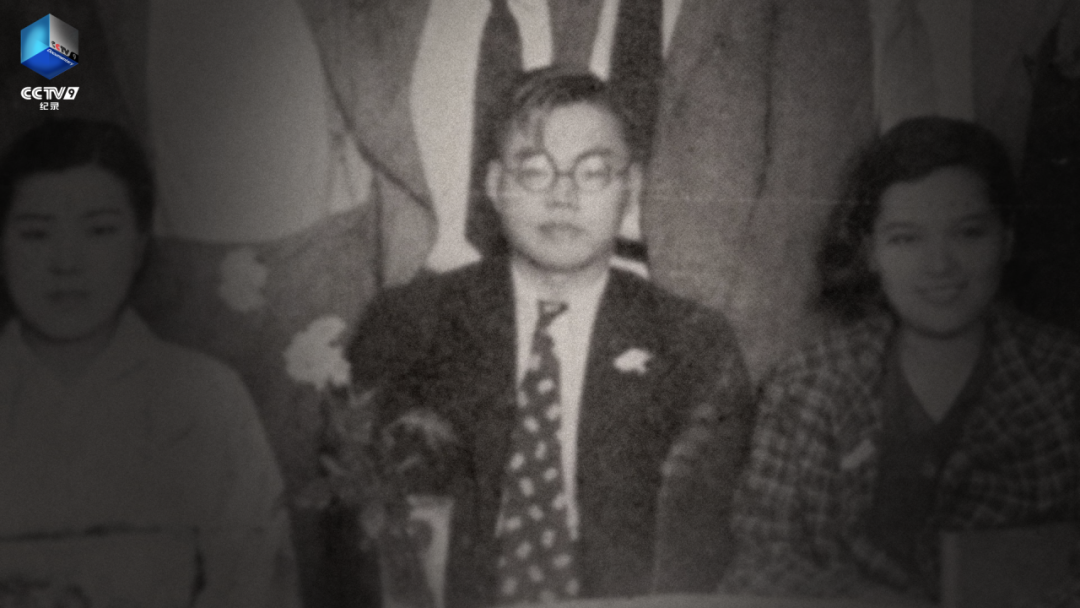
Chinese and Western Gong
To present the documentary, the creative team conducted close interviews with the descendants of many heroes on the hidden front. The oldest of them was 97 years old, leaving behind precious oral history materials, and unearthing vivid cases and emotional details that were not recorded in the archives.
In terms of image presentation, the film innovatively uses AI technology, and through animation simulation, scene restoration and other means, it enables some historical materials that are difficult to present directly to be expressed in a visual way, enhancing the viewing and immersive experience of the documentary.
Drawing on real photographs of individuals involved in the covert front, the documentary meticulously divides their ages and depicts their expressions, striving to faithfully recreate and restore the historical images of these heroes, bringing them to life in their own, or very similar, images. Drawing on extensive narratives from memoirs and reminiscences, the documentary also recreates the voices of 27 of the documentary's protagonists and historical figures, significantly enriching the narrative and perspective, and further enhancing the authenticity of historical documentary.
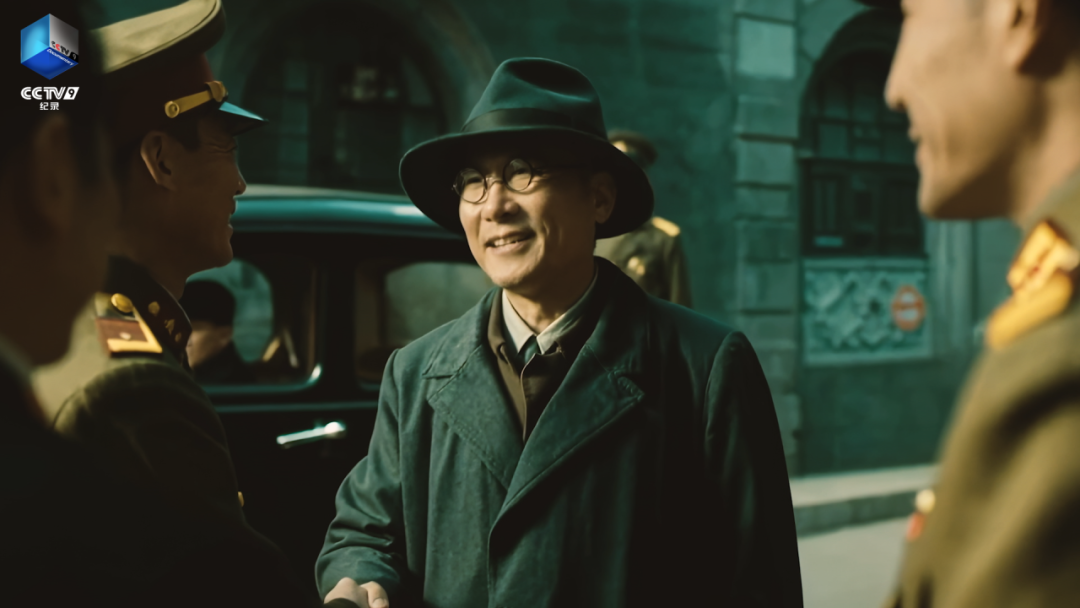
Yan Baohang (AI)
In terms of narrative structure, the creative team broke away from the linear narrative model of traditional documentaries and employed more flexible and varied narrative strategies to create an immersive narrative space, allowing viewers to experience and walk into history firsthand. Each episode focuses on a core theme, connecting significant historical milestones through the stories of the characters.
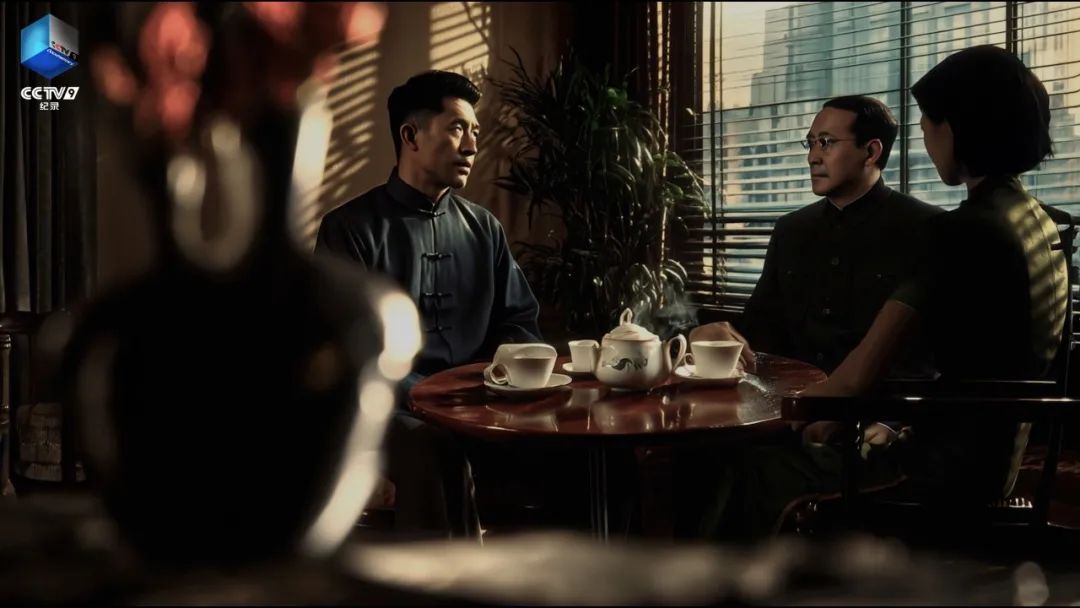
Guan Lu meets Liao Chengzhi and Pan Hannian (AI)
Furthermore, the filming employed a multi-screen studio setup to construct a historical space, building a tangible dialogue bridge between the past and the present. The camera's movement and focus between the screens resembles a journey through the folds of history. The physical space within the studio serves as the audience's foothold, while the historical scenes on the screens are the object of their gaze. The camera's traversal between the two creates a "live experience" that transcends time and space.
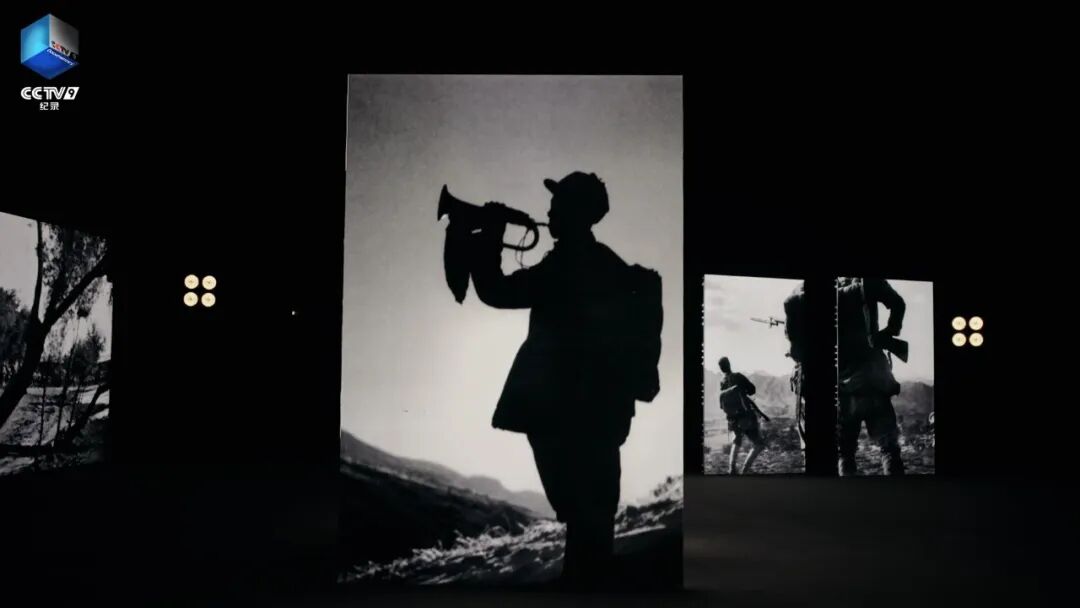
Huangtuling Battle Narrative Space
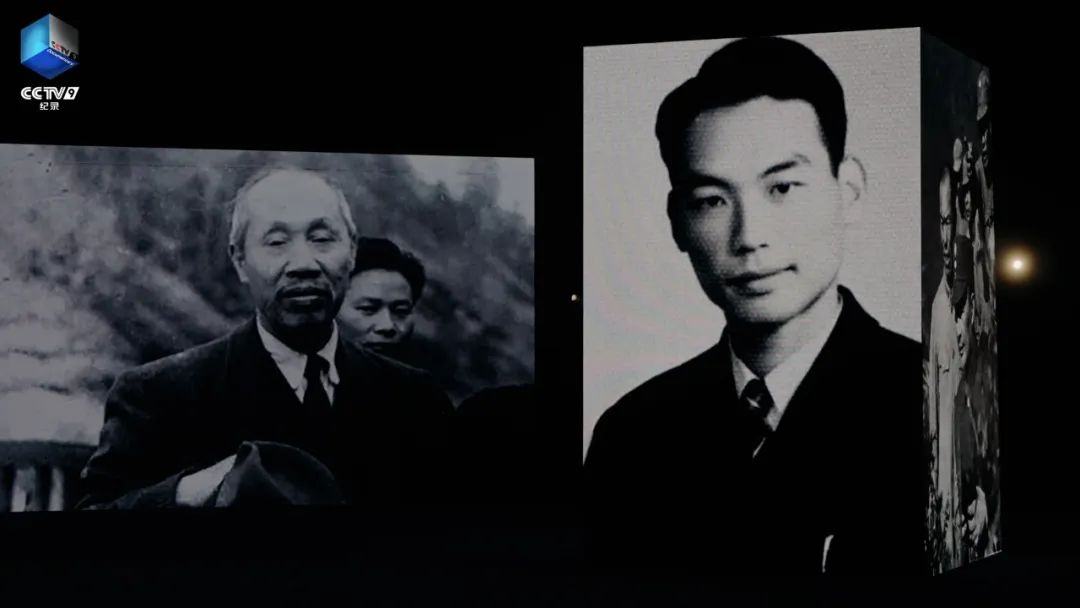
Studio shot of Xiong Xianghui and Dong Biwu
By deeply exploring historical materials, leveraging AI technology, and employing innovative narrative techniques, the documentary successfully recreates the moving stories and glorious image of the CCP's covert front, presenting viewers with a truly authentic and vivid epic of the War of Resistance. From united front work to intelligence support and infiltration behind enemy lines, the heroes of the covert front fought silently with wisdom and courage. Working from the shadows, their fearlessness and sacrifice exemplified true heroism and made lasting contributions to victory in the War of Resistance.


